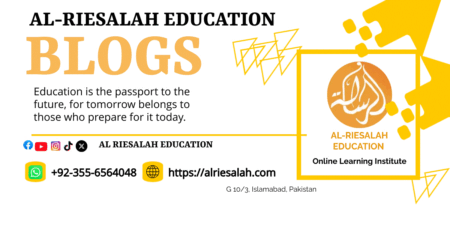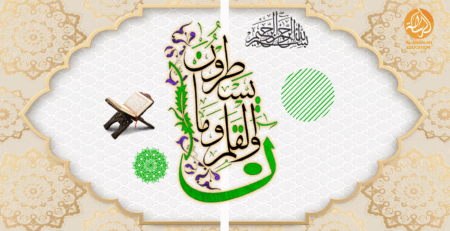The Influence of the Quran and Oral Traditions in Converting Non-Arabs to Islam
Islam, one of the world’s major religions, has a rich history of expansion beyond the Arabian Peninsula. Central to this expansion was the conversion of non-Arabs to Islam. This article explores how the power of the Quran and the oral traditions established by the final prophet, Muhammad, played pivotal roles in this process.
Introduction to the Conversion of Non-Arabs to Islam
Islam’s spread beyond its place of origin was not merely a geographical expansion but also a cultural and religious one. To understand how Islam attracted followers from diverse backgrounds, it’s crucial to delve into the historical context and the strategies employed for conversion.
Historical Context of Islam’s Expansion
The expansion of Islam beyond the Arabian Peninsula occurred rapidly after the death of Prophet Muhammad in 632 CE. Muslim armies conquered vast territories, but the spread of Islam was not solely through military conquest. Trade routes, diplomatic missions, and peaceful interactions facilitated the introduction of Islam to different regions.
Role of the Quran in Converting Non-Arabs
Central to Islam is the Quran, believed by Muslims to be the literal word of God as revealed to Prophet Muhammad. Its eloquence, guidance, and universal message appealed to people of various backgrounds. Translations of the Quran enabled non-Arabic speakers to access its teachings, making it a powerful tool for conversion.
The Influence of Prophet Muhammad’s Oral Traditions
In addition to the Quran, the teachings and practices of Prophet Muhammad, known as Hadiths, were transmitted orally and eventually compiled into written collections. These oral traditions provided practical guidance on matters of faith, ethics, and daily life, ensuring the continuity and authenticity of Islamic teachings.
Cultural Adaptation and Flexibility in Dawah
Islam’s success in converting non-Arabs also stems from its ability to adapt to different cultures while maintaining its core principles. Islamic scholars and missionaries respected local traditions and customs, emphasizing the universality of Islam while accommodating cultural diversity.
The Impact of Personal Conversion Stories
Personal narratives of individuals who embraced Islam offer insight into the emotional and spiritual dimensions of conversion. These stories, often shared within communities or through digital platforms, highlight the transformative power of faith and the sense of belonging found in Islam.
Educational Institutions and Outreach Efforts
Madrasas, Islamic schools, and community centers serve as educational institutions and hubs for outreach efforts. They provide religious instruction, social services, and platforms for interfaith dialogue, contributing to the dissemination of Islamic teachings and values.
Contemporary Challenges in Dawah Efforts
Despite its enduring appeal, Islam faces challenges in contemporary times. Misconceptions, stereotypes, and negative media portrayals hinder efforts to convey the true essence of Islam. Addressing these challenges requires proactive engagement and accurate representation of Islamic beliefs and practices.
Conclusion
The conversion of non-Arabs to Islam has been facilitated by the enduring power of the Quran and the oral traditions established by Prophet Muhammad. Through cultural adaptation, educational initiatives, and personal narratives, Islam continues to attract diverse followers worldwide.










Leave a Reply